US Airways 2004 Annual Report Download - page 20
Download and view the complete annual report
Please find page 20 of the 2004 US Airways annual report below. You can navigate through the pages in the report by either clicking on the pages listed below, or by using the keyword search tool below to find specific information within the annual report.-
 1
1 -
 2
2 -
 3
3 -
 4
4 -
 5
5 -
 6
6 -
 7
7 -
 8
8 -
 9
9 -
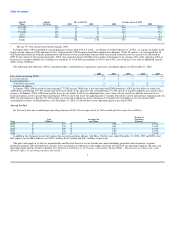 10
10 -
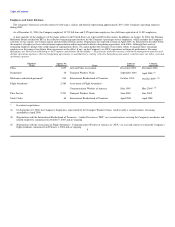 11
11 -
 12
12 -
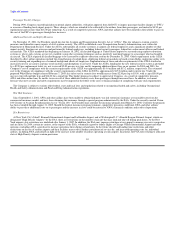 13
13 -
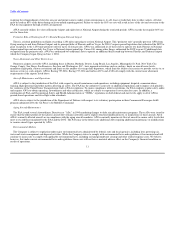 14
14 -
 15
15 -
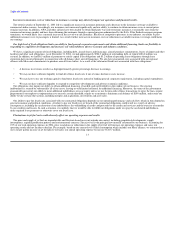 16
16 -
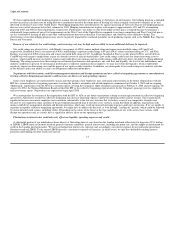 17
17 -
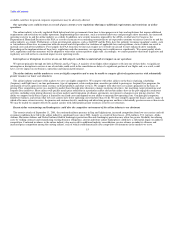 18
18 -
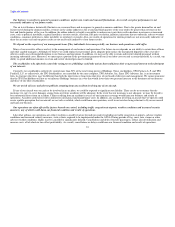 19
19 -
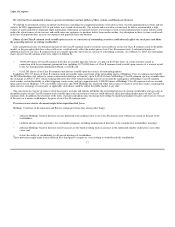 20
20 -
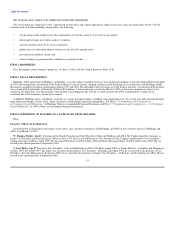 21
21 -
 22
22 -
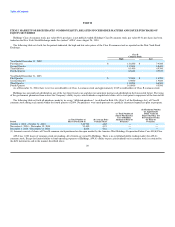 23
23 -
 24
24 -
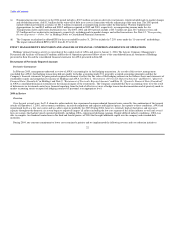 25
25 -
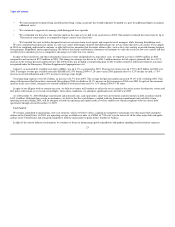 26
26 -
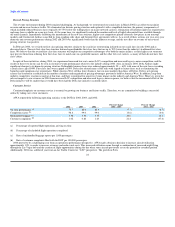 27
27 -
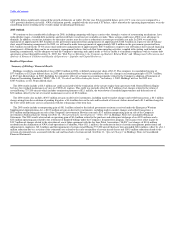 28
28 -
 29
29 -
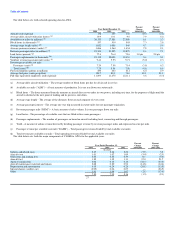 30
30 -
 31
31 -
 32
32 -
 33
33 -
 34
34 -
 35
35 -
 36
36 -
 37
37 -
 38
38 -
 39
39 -
 40
40 -
 41
41 -
 42
42 -
 43
43 -
 44
44 -
 45
45 -
 46
46 -
 47
47 -
 48
48 -
 49
49 -
 50
50 -
 51
51 -
 52
52 -
 53
53 -
 54
54 -
 55
55 -
 56
56 -
 57
57 -
 58
58 -
 59
59 -
 60
60 -
 61
61 -
 62
62 -
 63
63 -
 64
64 -
 65
65 -
 66
66 -
 67
67 -
 68
68 -
 69
69 -
 70
70 -
 71
71 -
 72
72 -
 73
73 -
 74
74 -
 75
75 -
 76
76 -
 77
77 -
 78
78 -
 79
79 -
 80
80 -
 81
81 -
 82
82 -
 83
83 -
 84
84 -
 85
85 -
 86
86 -
 87
87 -
 88
88 -
 89
89 -
 90
90 -
 91
91 -
 92
92 -
 93
93 -
 94
94 -
 95
95 -
 96
96 -
 97
97 -
 98
98 -
 99
99 -
 100
100 -
 101
101 -
 102
102 -
 103
103 -
 104
104 -
 105
105 -
 106
106 -
 107
107 -
 108
108 -
 109
109 -
 110
110 -
 111
111 -
 112
112 -
 113
113 -
 114
114 -
 115
115 -
 116
116 -
 117
117 -
 118
118 -
 119
119 -
 120
120 -
 121
121 -
 122
122 -
 123
123 -
 124
124 -
 125
125 -
 126
126 -
 127
127 -
 128
128 -
 129
129 -
 130
130 -
 131
131 -
 132
132 -
 133
133 -
 134
134 -
 135
135 -
 136
136 -
 137
137 -
 138
138 -
 139
139 -
 140
140 -
 141
141 -
 142
142 -
 143
143 -
 144
144 -
 145
145 -
 146
146 -
 147
147 -
 148
148 -
 149
149 -
 150
150 -
 151
151 -
 152
152 -
 153
153 -
 154
154 -
 155
155 -
 156
156 -
 157
157 -
 158
158 -
 159
159 -
 160
160 -
 161
161 -
 162
162 -
 163
163 -
 164
164 -
 165
165 -
 166
166 -
 167
167 -
 168
168 -
 169
169 -
 170
170 -
 171
171 -
 172
172 -
 173
173 -
 174
174 -
 175
175 -
 176
176 -
 177
177 -
 178
178 -
 179
179 -
 180
180 -
 181
181 -
 182
182 -
 183
183 -
 184
184 -
 185
185 -
 186
186 -
 187
187 -
 188
188 -
 189
189 -
 190
190 -
 191
191 -
 192
192 -
 193
193 -
 194
194 -
 195
195 -
 196
196 -
 197
197 -
 198
198 -
 199
199 -
 200
200 -
 201
201 -
 202
202 -
 203
203 -
 204
204 -
 205
205 -
 206
206 -
 207
207 -
 208
208 -
 209
209 -
 210
210 -
 211
211 -
 212
212 -
 213
213 -
 214
214 -
 215
215 -
 216
216 -
 217
217 -
 218
218 -
 219
219 -
 220
220 -
 221
221 -
 222
222 -
 223
223 -
 224
224 -
 225
225 -
 226
226 -
 227
227 -
 228
228 -
 229
229 -
 230
230 -
 231
231 -
 232
232 -
 233
233 -
 234
234 -
 235
235 -
 236
236 -
 237
237 -
 238
238 -
 239
239 -
 240
240 -
 241
241 -
 242
242 -
 243
243 -
 244
244 -
 245
245 -
 246
246 -
 247
247 -
 248
248 -
 249
249 -
 250
250 -
 251
251 -
 252
252 -
 253
253 -
 254
254 -
 255
255 -
 256
256 -
 257
257 -
 258
258 -
 259
259 -
 260
260 -
 261
261 -
 262
262 -
 263
263 -
 264
264 -
 265
265 -
 266
266 -
 267
267 -
 268
268 -
 269
269 -
 270
270 -
 271
271 -
 272
272 -
 273
273 -
 274
274 -
 275
275 -
 276
276 -
 277
277 -
 278
278 -
 279
279 -
 280
280 -
 281
281 -
 282
282 -
 283
283 -
 284
284 -
 285
285 -
 286
286 -
 287
287 -
 288
288 -
 289
289 -
 290
290 -
 291
291 -
 292
292 -
 293
293 -
 294
294 -
 295
295 -
 296
296 -
 297
297 -
 298
298 -
 299
299 -
 300
300 -
 301
301 -
 302
302 -
 303
303 -
 304
304 -
 305
305 -
 306
306 -
 307
307 -
 308
308 -
 309
309 -
 310
310 -
 311
311 -
 312
312 -
 313
313 -
 314
314 -
 315
315 -
 316
316 -
 317
317 -
 318
318 -
 319
319 -
 320
320 -
 321
321 -
 322
322 -
 323
323 -
 324
324 -
 325
325 -
 326
326 -
 327
327 -
 328
328 -
 329
329 -
 330
330 -
 331
331 -
 332
332 -
 333
333 -
 334
334 -
 335
335 -
 336
336 -
 337
337 -
 338
338 -
 339
339 -
 340
340 -
 341
341 -
 342
342 -
 343
343 -
 344
344 -
 345
345 -
 346
346
 |
 |

Table of Contents
We rely heavily on automated systems to operate our business and any failure of these systems could harm our business.
We depend on automated systems to operate our business, including our computerized airline reservation system, our telecommunication systems and our
website. In 2004, approximately 96% of our tickets were issued electronically. Our website and reservation system must be able to accommodate a high
volume of traffic and deliver important flight information. Substantial or repeated website, reservations system or telecommunication systems failures could
reduce the attractiveness of our services and could cause our customers to purchase tickets from another airline. Any disruption in these systems could result
in the loss of important data, increase our expenses and generally harm our business.
Shares of our Class B common stock issuable upon exercise or conversion of outstanding securities could adversely affect our stock price and dilute
the ownership interests of existing stockholders.
Sales and potential sales of substantial amounts of our Class B common stock or securities exercisable for or into our Class B common stock in the public
market, or the perception that these sales could occur, could adversely affect the market price of our Class B common stock. A substantial number of
additional shares of our Class B common stock are issuable upon the conversion or exercise of outstanding securities. As of March 14, 2005, the outstanding
shares of our Class B common stock were subject to dilution by:
• 19,692,000 shares of Class B common stock that are issuable upon the exercise, at a price of $3.00 per share, of certain warrants issued in
connection with the government guaranteed loan, including 18,754,000 shares of Class B common stock issuable upon exercise of a warrant issued
to the Air Transportation Stabilization Board, or ATSB; and
• 9,615,245 shares of our Class B common stock that are issuable upon the exercise of outstanding options.
In addition, 859,117 shares of Class B common stock are issuable upon conversion of the outstanding shares of Holdings' Class A common stock held by
the TPG Stockholders (but subject to certain contractual restrictions on transfer), up to 8,095,842 shares of Holdings' Class B common stock are issuable upon
the exchange of AWA's 7.25% senior exchangeable notes due 2023 (which exchange may not occur until the trading price of Holdings' Class B common
stock reaches certain thresholds, or other triggering events occur) and up to approximately 9,400,000 shares of Holdings' Class B common stock are issuable
upon conversion of Holdings' 7.5% convertible senior notes due 2009. Holdings has registered either the issuance or resale of all of these shares, meaning that
upon exercise, exchange or conversion, as applicable, such shares could be sold in the public market at any time.
The conversion or exercise of some or all of these notes, warrants and options will dilute the ownership interests of existing stockholders and any sales in
the public market of our Class B common stock issuable upon such conversion or exercise could adversely affect prevailing market prices of our Class B
common stock. In addition, the existence of the notes, warrants and options may encourage short selling by market participants because conversion or exercise
of the notes or warrants could depress the price of our Class B common stock.
Provisions in our charter documents might deter acquisition bids for us.
Holdings' Certificate of Incorporation and Bylaws contain provisions that, among other things:
• authorize Holdings' board of directors to issue preferred stock ranking senior to our Class B common stock without any action on the part of the
stockholders;
• establish advance notice procedures for stockholder proposals, including nominations of directors, to be considered at stockholders' meetings;
• authorize Holdings' board of directors to fill vacancies on the board resulting from an increase in the authorized number of directors or any other
cause; and
• restrict the ability of stockholders to call special meetings of stockholders.
These provisions might make it more difficult for a third party to acquire us, even if doing so would benefit the stockholders.
17
